MICHAEL CORINNE WEST(1908-1991)
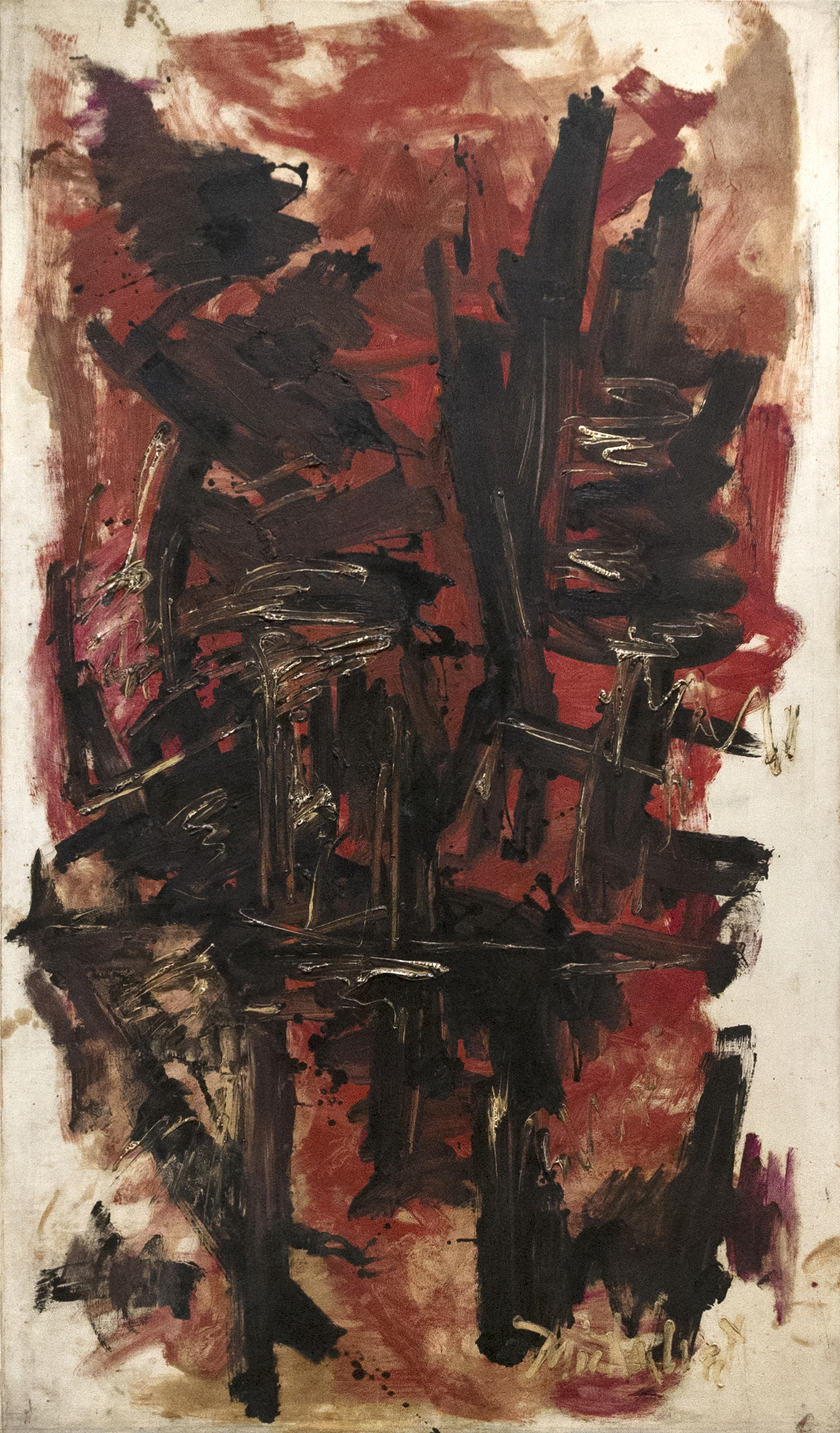
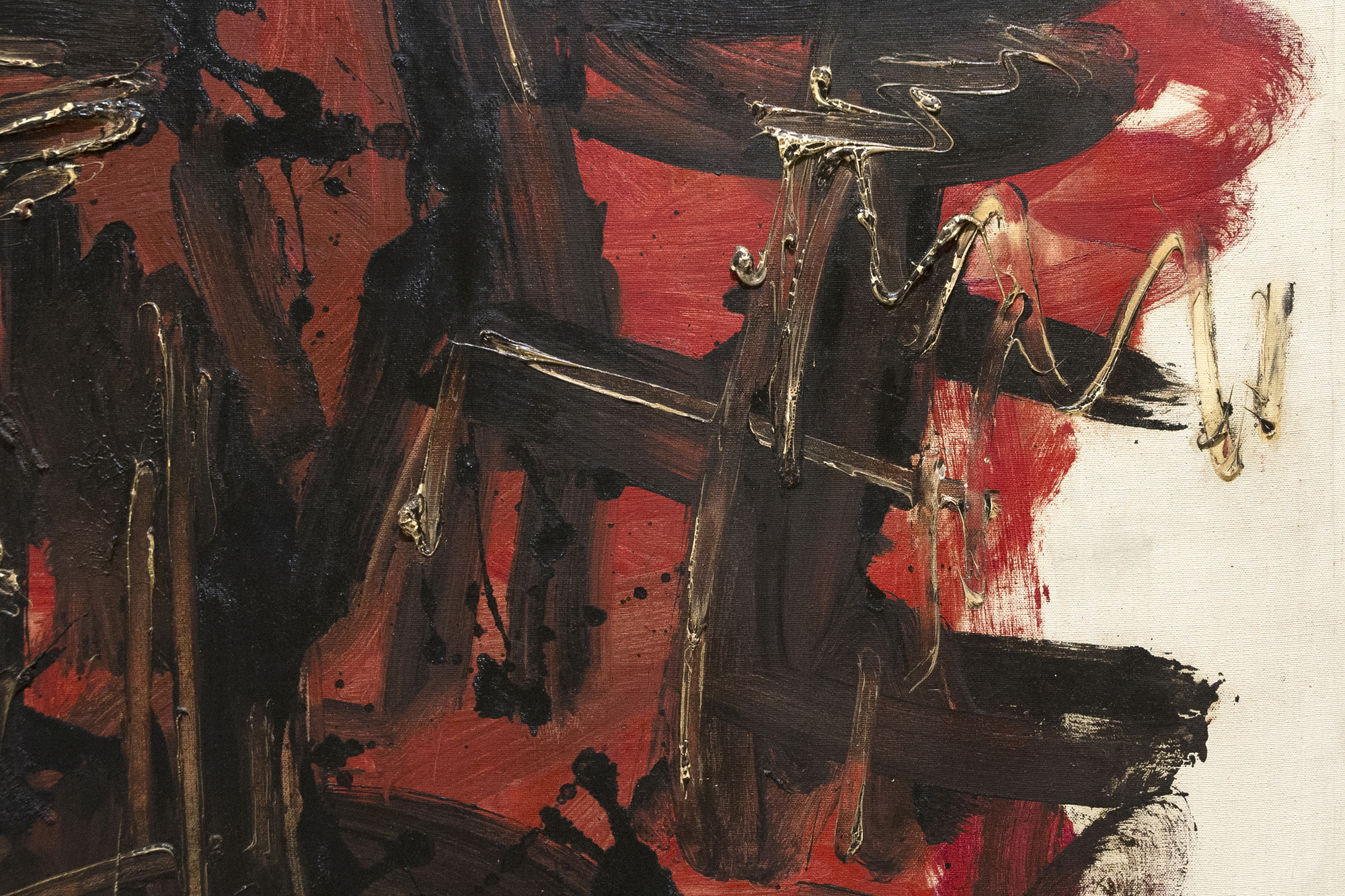

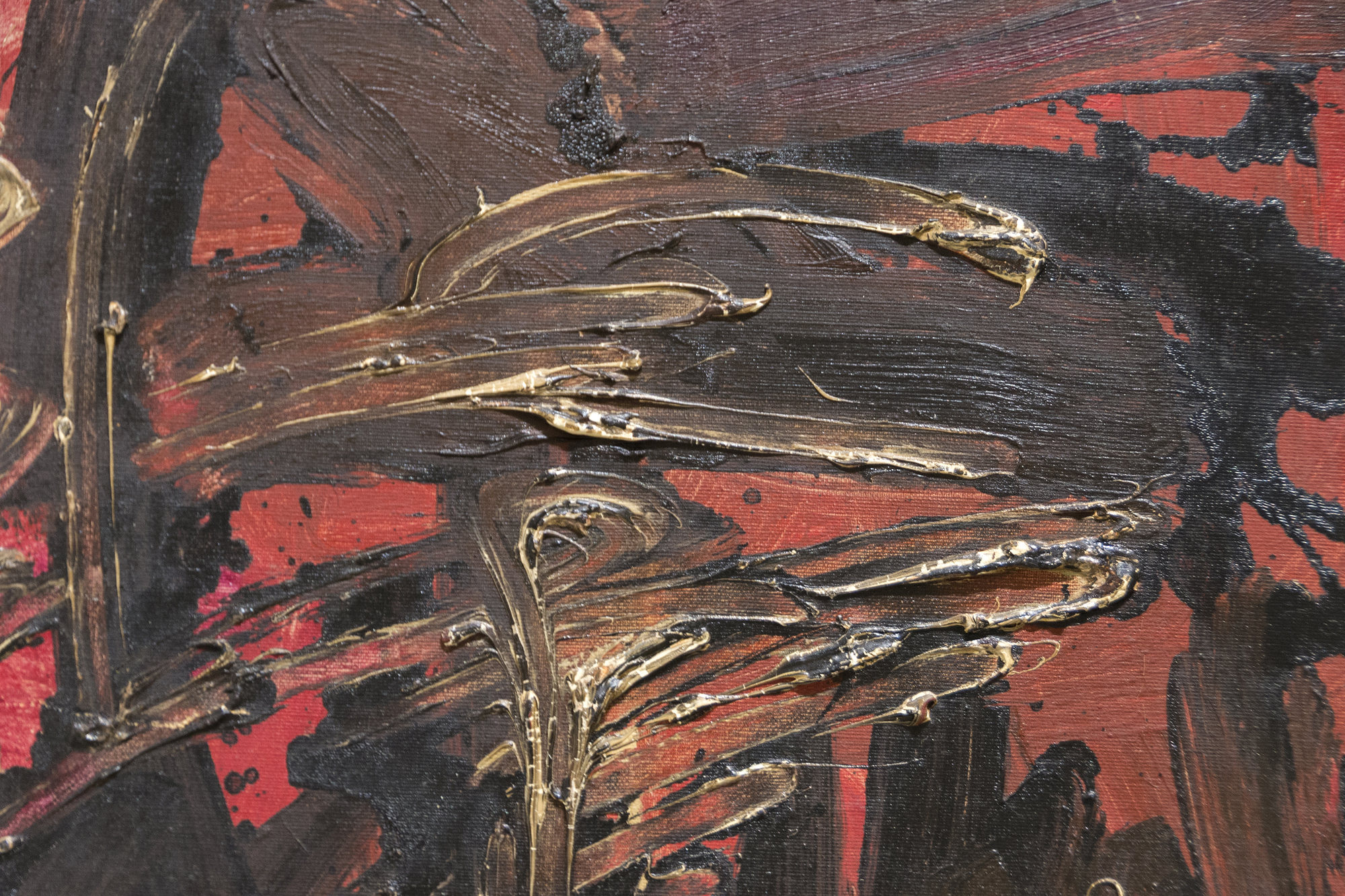
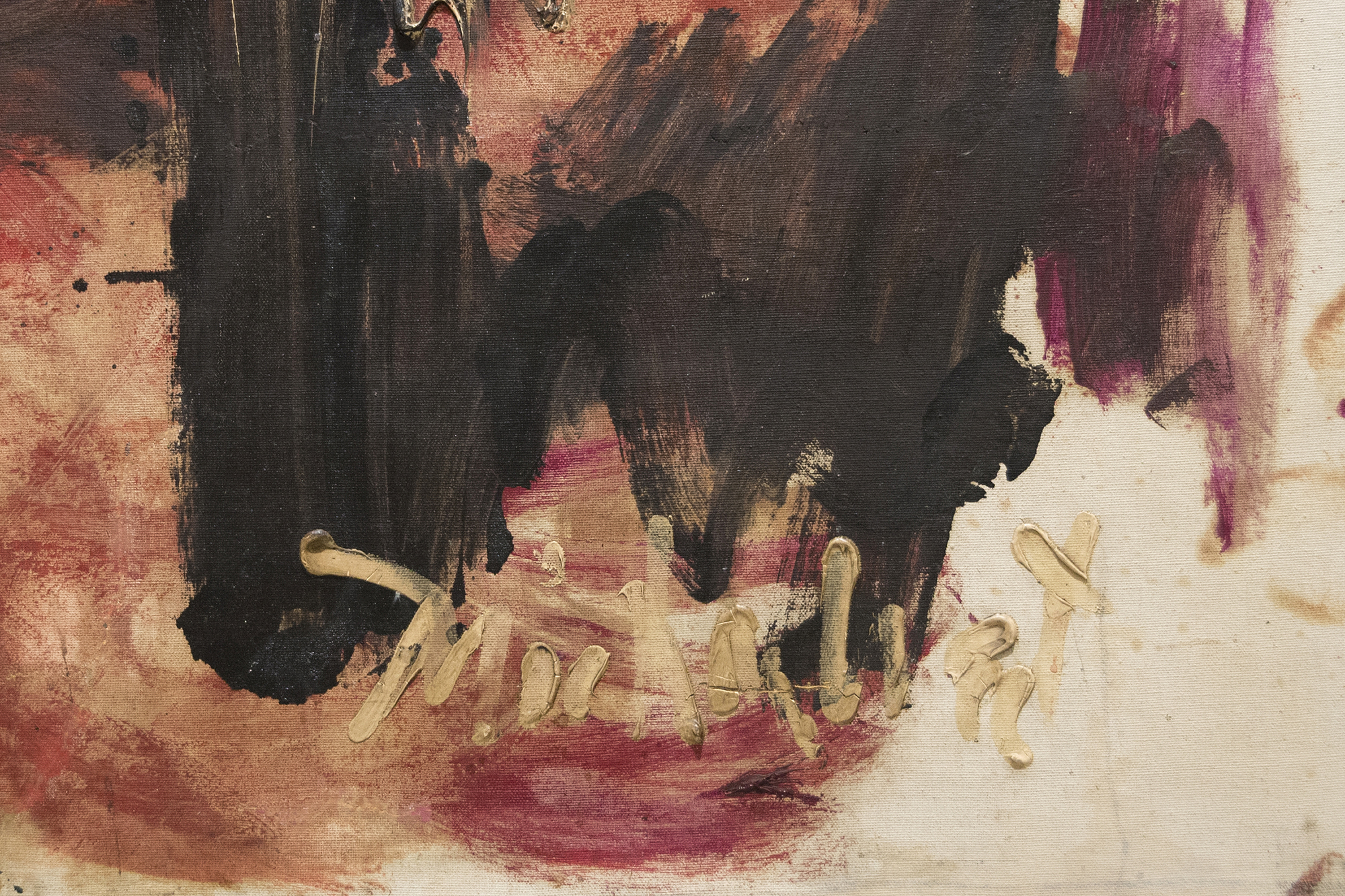
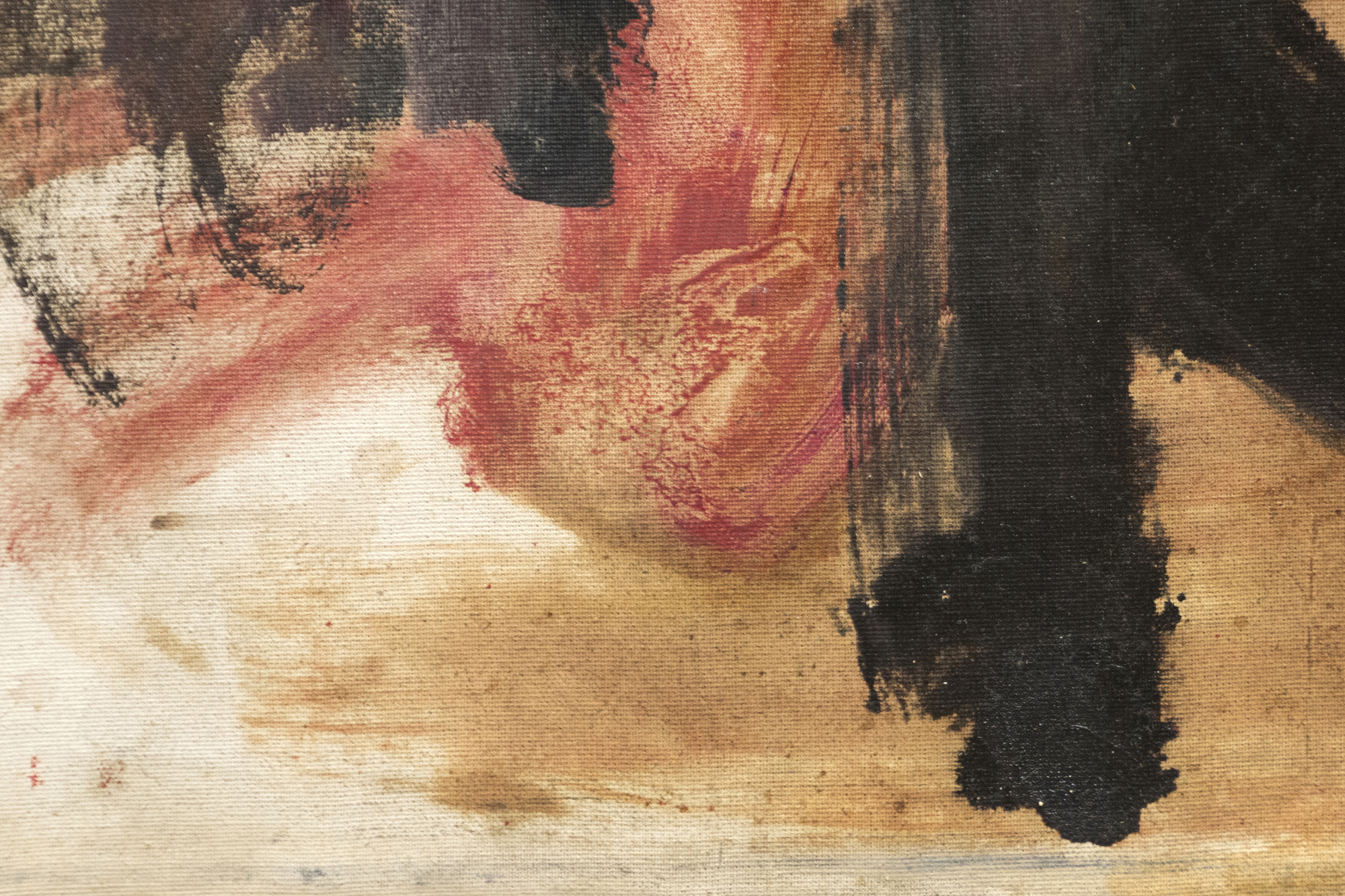
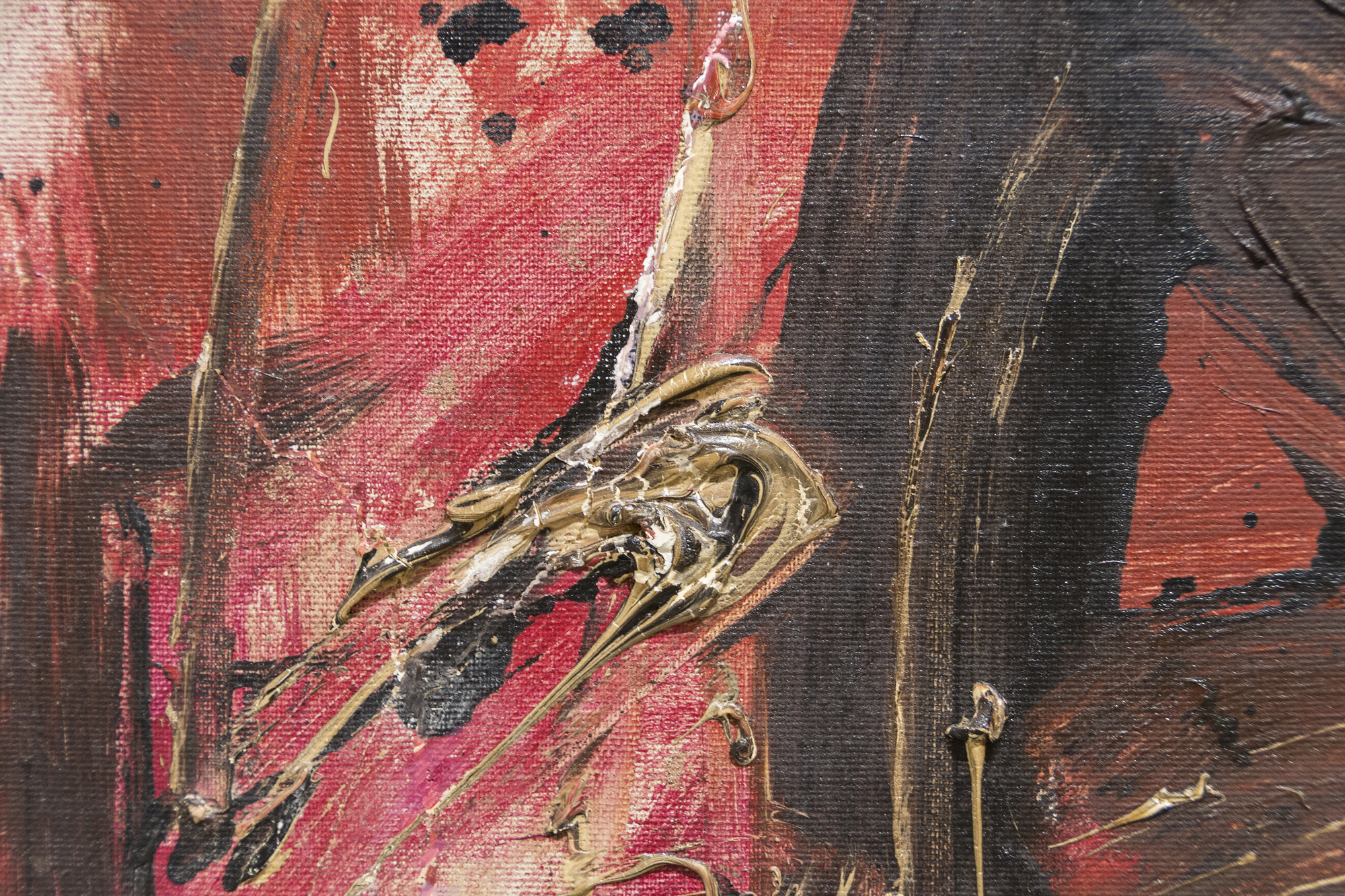
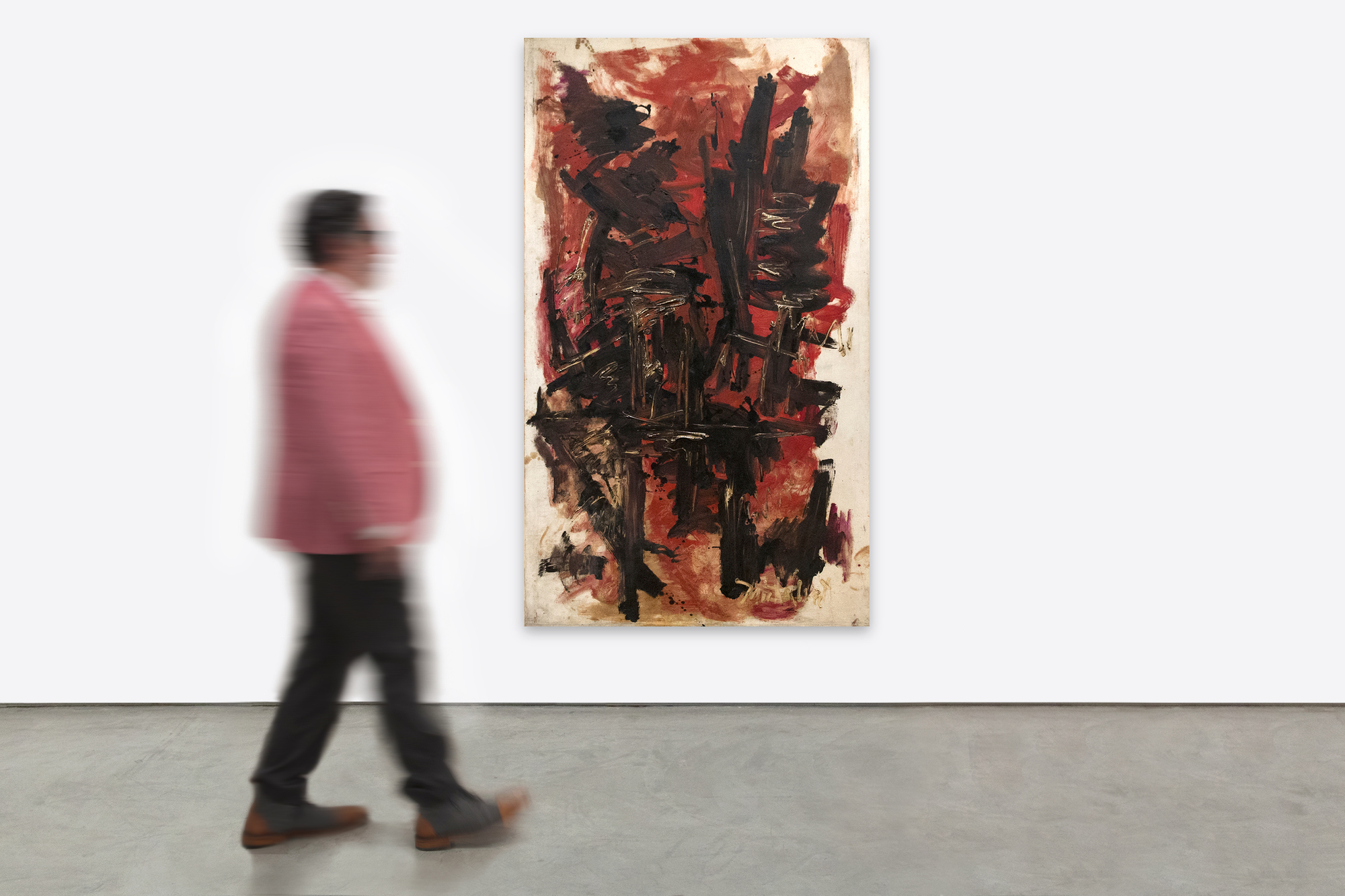
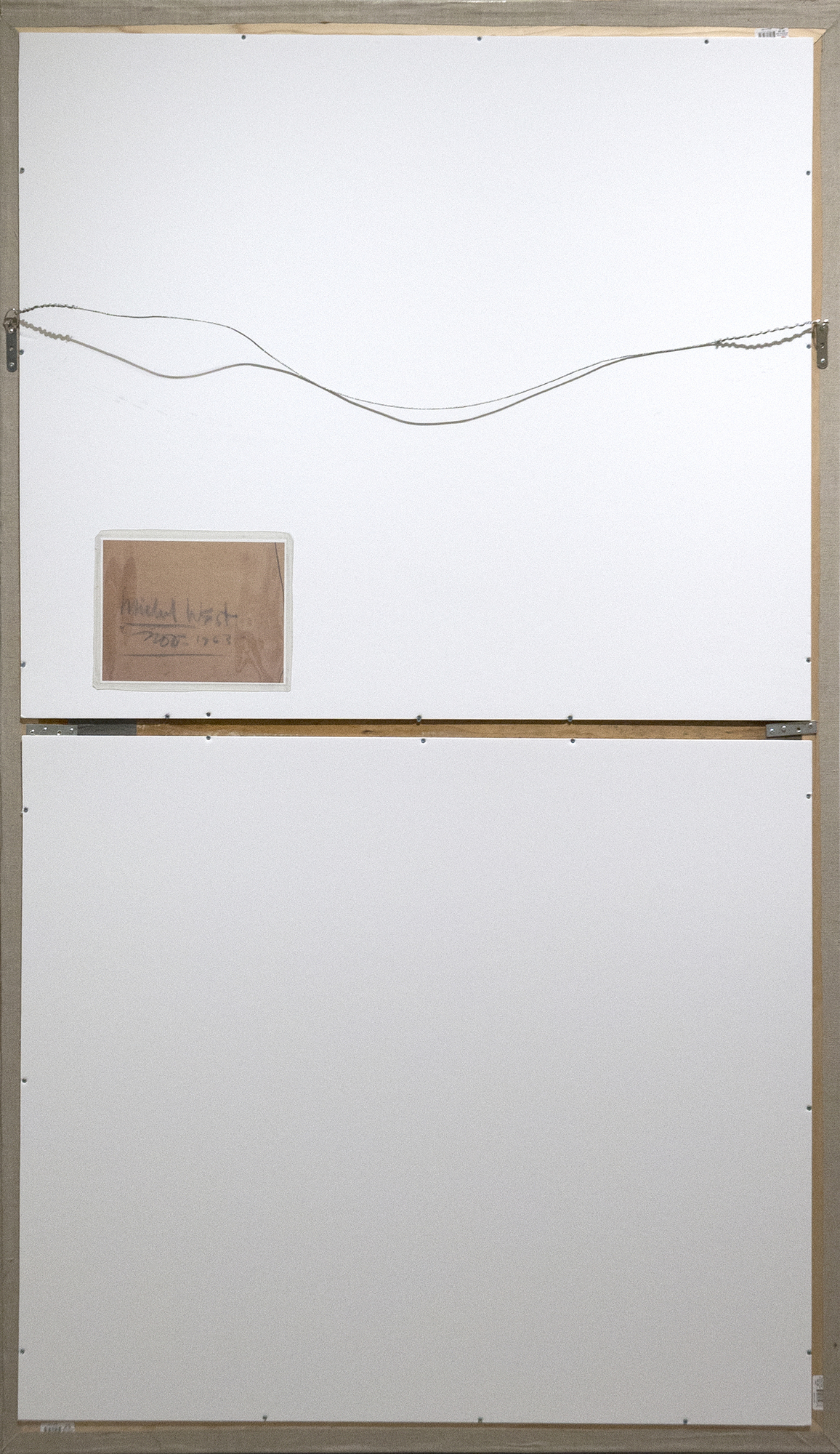
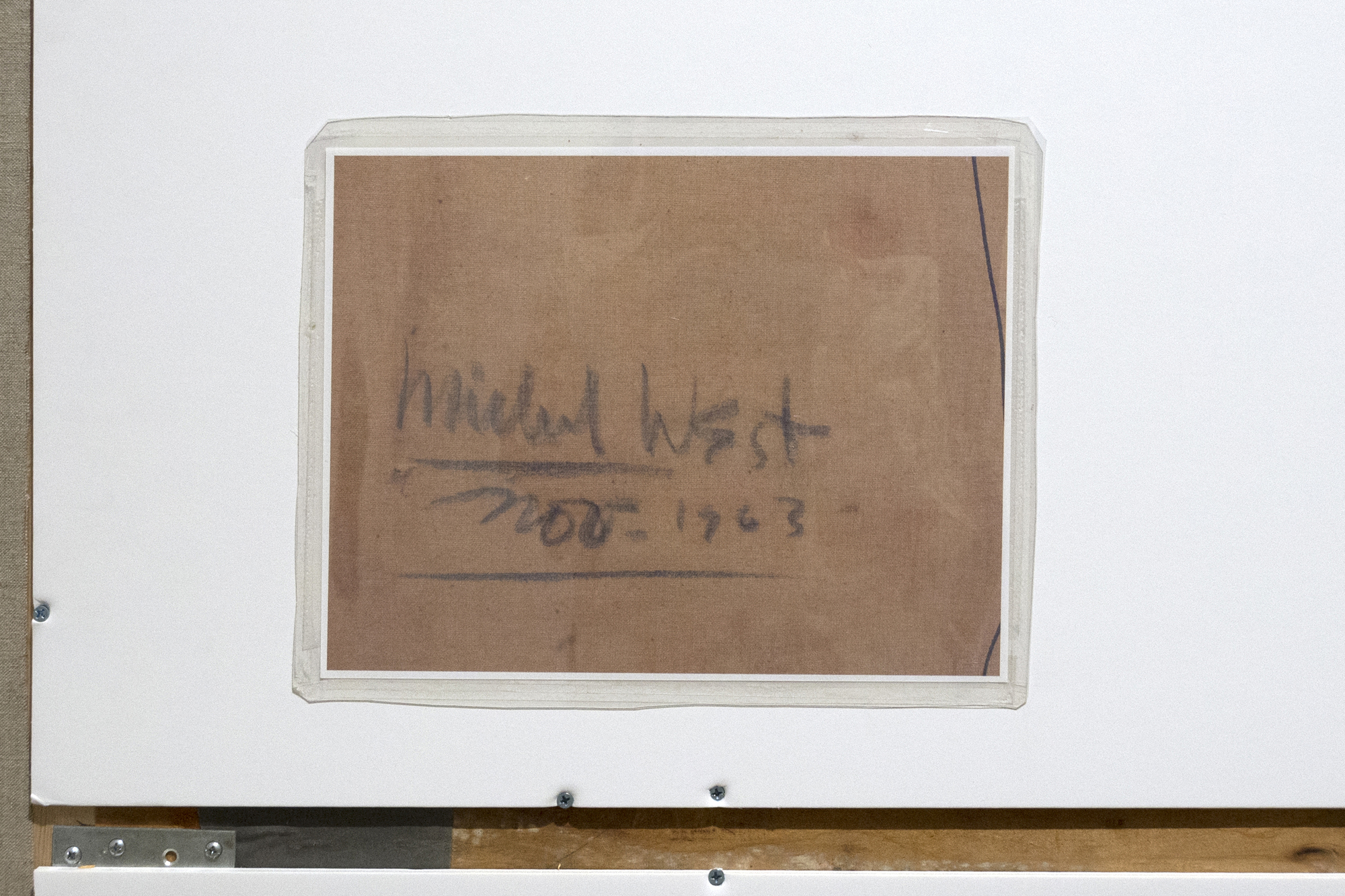
Provenance
Collection privée, New YorkCollection privée
Heather James Fine Art
195,000
"The Day After", peint en 1963, est la réponse viscérale et abstraite de West à un moment crucial de l'histoire américaine : l'assassinat du président John F. Kennedy. Les couches superposées de tons saturés rouge sang s'entrechoquant avec de puissants traits de noir suggèrent la rupture dans la conscience nationale et évoquent des sentiments de perturbation et de confusion, incarnant le chagrin intériorisé de l'artiste. West a transformé l'événement en une expression profondément personnelle du deuil, capturant le poids de la douleur d'une nation sous une forme qui défie la représentation littérale tout en étant émotionnellement très parlante.


